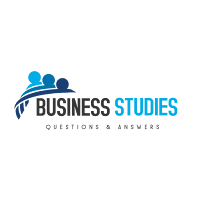Netflix Case Analysis

What is Netflix’s long-run objective? How does Netflix plan to achieve its long-run objective? How would you assess Netflix’s business model Netflix has long-run objectives such as growth and increases market share in a billion dollar market. The company is trying to go public with an initial public offering. Netflix plans to achieve its long-run objectives by building and enhancing customers’ brand loyalty in Netflix. It provides subscribers various features to encourage them to stay with the company. For example, it offers one month free trials to potential subscribers with an unlimited number of DVD rentals. Netflix’s performance has been good in the sense of continued revenue growth and increased market share. Even though Netflix has incurred net losses in their first couple years, their outlook is positive for future growth into profits. 2. Why does McCarthy use a subscriber model to forecast Netflix’s future cash flow r...




